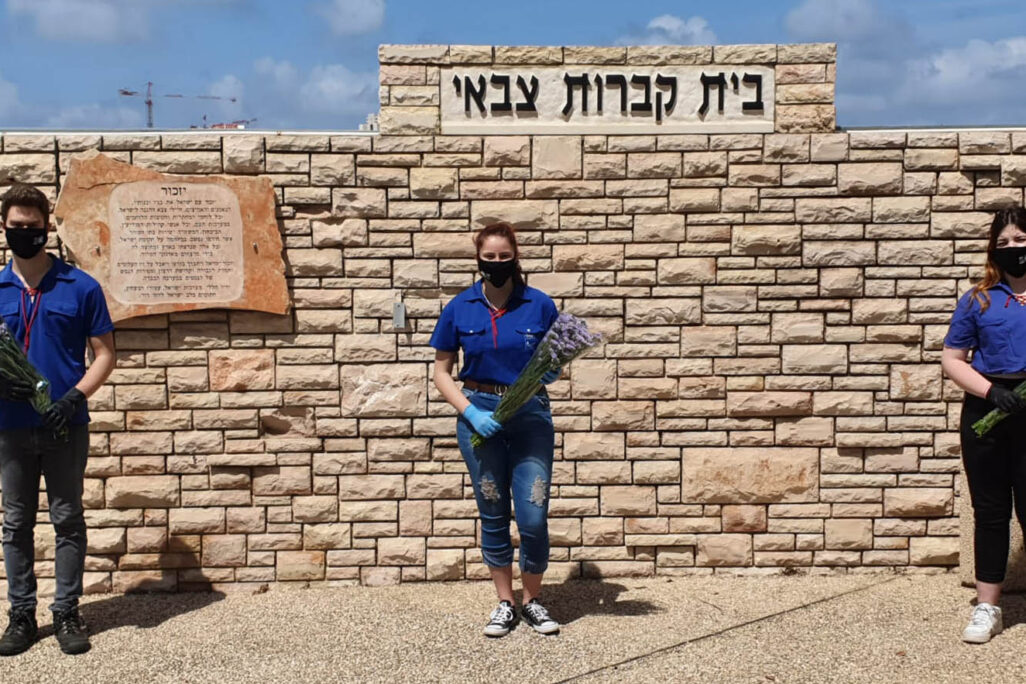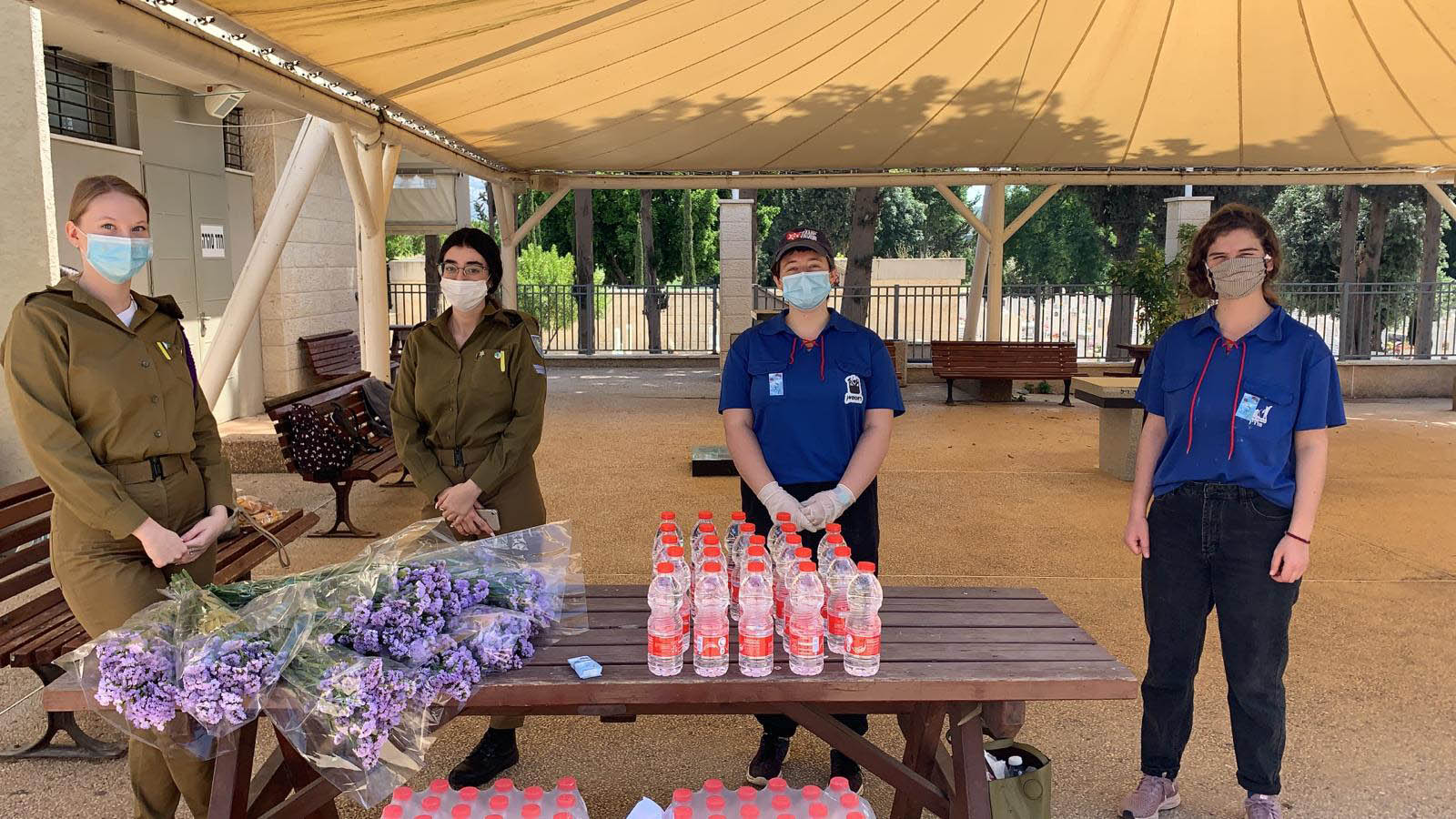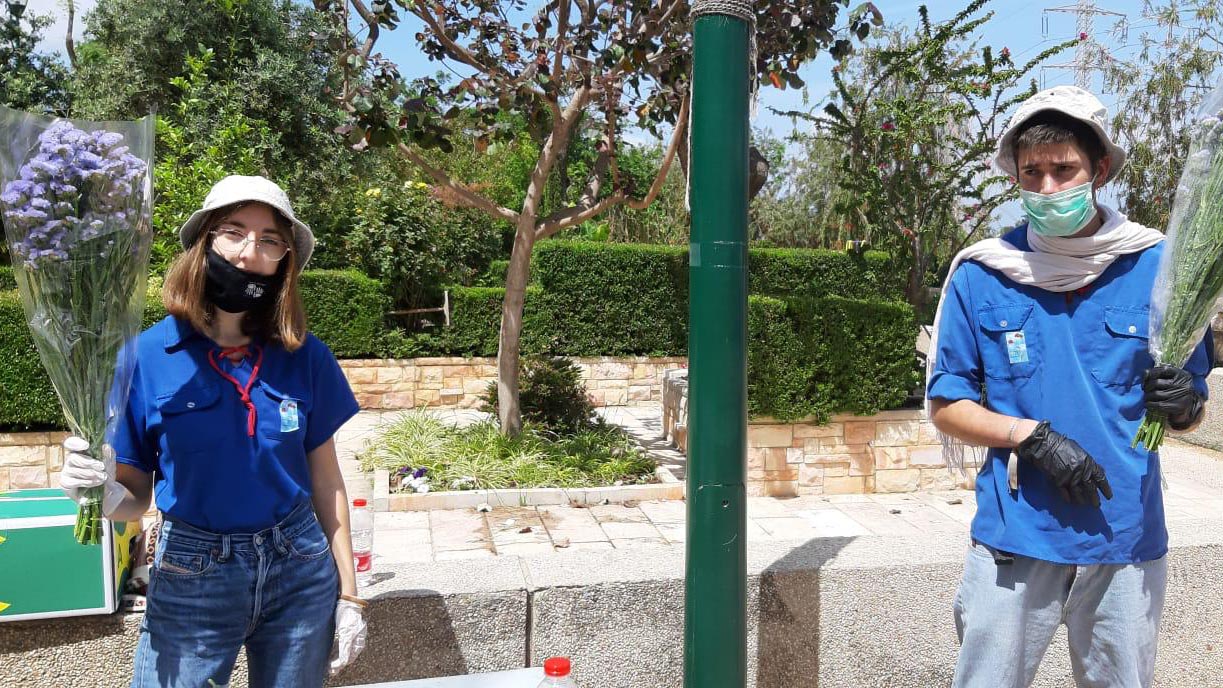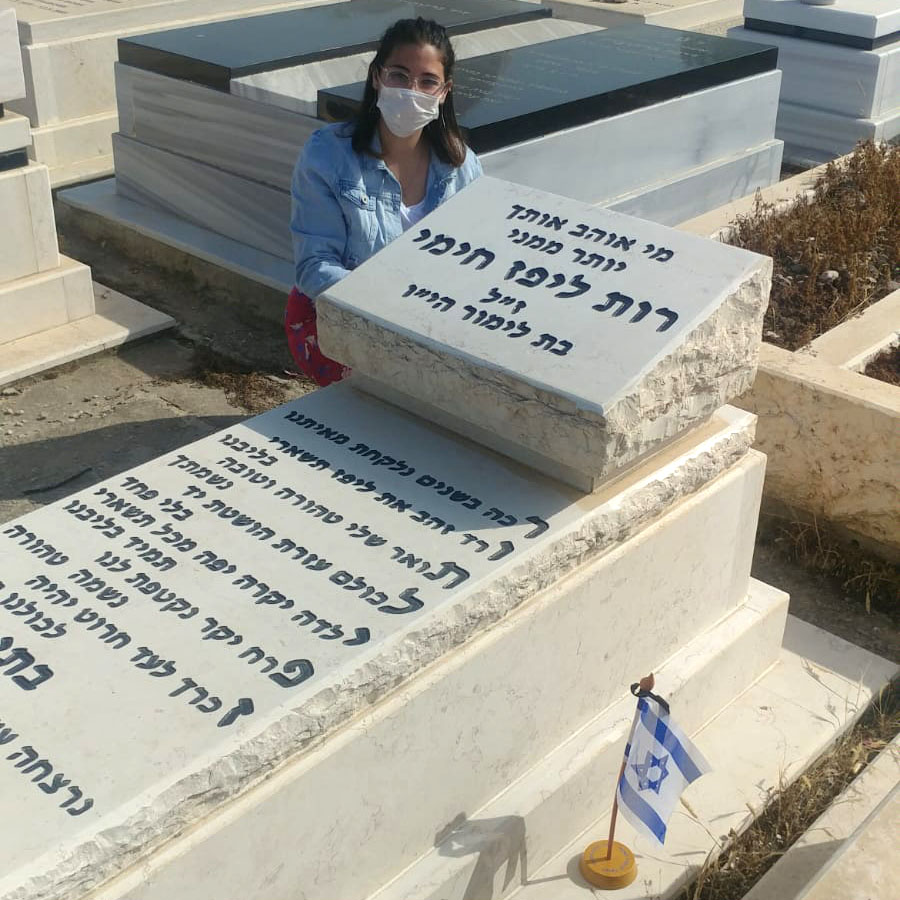
Despite the lockdown, HaNoar HaOved VeHaLomed and Bnei Akiva will will conduct their traditional tributes to Israel's fallen soldiers through national memorial projects taking place across cemeteries all over Israel, ahead of Yom YaZikaron. This year, for the first time, volunteers will be spread across the nation’s cemeteries for an entire week, instead of on a single day, in-keeping with health restrictions implemented to prevent the spread of COVID-19.
Young members of HaNoar HaOved VeHaLomed are extending the project’s legacy into its 39th year, in which they will hand out some 130,000 wreaths of flowers to bereaved families in over 50 military cemeteries across Israel, starting Thursday, April 23, until the evening before Yom HaZikaron.
Some things cannot be replaced. This day must receive the respect it deserves, especially in times like these.
In cooperation with the Defense Ministry, the Unit of Soldier Memorialization, and the Department of Families and Memorialization in the Defense Ministry, young movement members of HaNoar HaOved VeHaLomed are distributing wreaths of flowers to bereaved families in Project Zer L’Nofel (“Flowers for the Fallen”), which was established by the movement in partnership with Shimon Aharon, a flower-grower from Kfar Ruth, small a moshav near Modi’in. Movement members station themselves each morning in pairs at designated stands in military cemeteries, and remain alongside soldiers until evening, at which time the cemetery closes for the night.
“It was important for HaNoar HaOved VeHaLomed to stand with bereaved families and the whole of Israeli society on this day, for its entirety,” says Ariel Katz, the project’s organizer. “We have set up very impressive and substantial educational activities: a virtual tour which follows the stories of the soldiers in each cemetery, and we have created educational materials to memorialize the fallen soldiers of movement members’ home cities. That being said, some things cannot be replaced, and one such thing is the thousands of young movement members who take part in this project each year by personally handing out wreaths of flowers to families and friends of the fallen. This day must receive the respect it deserves, especially in times like these.”

“It is clear to our young movement members that this is what HaNoar HaOved VeHaLomed does on Yom HaZikaron,” says Rotem Berliner, coordinator of the Rosh HaAyin branch of the movement. In light of decisions which were made at the last minute, Berliner was only made aware that the project was to go ahead on Wednesday – the night before the event. “I called up a few counselors and told them that in the end the project was going ahead. We showed up at the cemetery in Rosh HaAyin with a few youth leaders in 11th and 12th grade to scout out the site – and already by Friday and again on Sunday more young leaders and adult counselors will arrive to do their bit.”
Berliner does not hide the concerns that some of the parents have raised regarding sending their children to take part in the project, however, he tells us that the majority of the youth leaders are showing up and are intending to do so for the project’s duration. “On the ground, everything is carried out in small teams, and we follow the health protocols in order to maintain a sense of security among parents and their children. Something special about HaNoar HaOved VeHaLomed is that it is clear that no matter what, we will find a way to carry out projects like this every year – they’re that important to us.”

A flower, a flag and a prayer
Project Ner L’Nofel (“A Candle for the Fallen”) has also been commemorated by the Bnei Akiva youth movement for over 20 years on the evening before and the actual day of Yom HaZikaron. Over 1,000 young movement members memorialize the graves of approximately 2,500 victims of war and terror, by laying a flag and a candle, and reading of a chapter from psalms.
“This year we were sure that it wasn’t going to go ahead but we went along with it anyway,” says Oded Mashiah, Bnei Akiva’s coordinator of national projects, who organized Ner L’Nofel in partnership with Bituach Leumi (social security) and the IDF. “With masks, and gloves, plenty of water and a hat on their heads…we reduced significantly the number of youth leaders who will arrive at the cemeteries, and to help out we called on many graduates of the movement. The project already began on Tuesday [April 21] and will continue until closing the night before Yom HaZikaron.”

Cemeteries must be visited individually or in pairs, and accordingly a great many counselors are travelling to multiple cemeteries and memorializing a number of graves in order to make sure to reach each and every grave.
“Project Ner L’Nofel is one of the most sacred missions of the year,” says Yair Shahal, head of Bnei Akiva. “Despite the coronavirus pandemic, it was clear to us that we would do everything we could, in accordance with the health guidelines, to make sure that the project went ahead.”
“When you get to the cemetery in Kfar Warburg, which is my personal story, and you come across a soldier who was killed in the days of the establishment of the state, you are reminded that, at one point, this was where the border lay,” says Mashiah, who at this time finds himself constantly on the move, travelling between cemeteries. “It puts where we’re standing today into perspective: a mixture of the individual’s memory – the candle we light for the fallen – and the flag, which symbolizes the national dimension. That which we see as obvious today was once the object for whose attainment another person gave their life: so that one day it might be seen as obvious."






